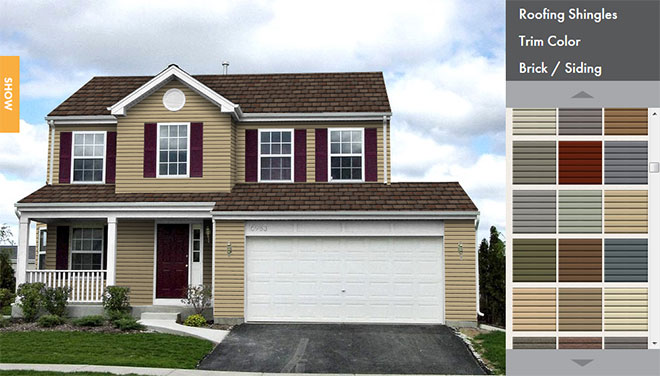MN Roof Leak | Roof Leak Repair MN
A roof leak can result in significant damage to insulation, walls, ceilings, flooring and personal property. If undetected, a roof leak can cause rot that will endanger the structural integrity of the roof framing system and cause costly repairs. The larger the leak, the greater the damage; however, even a pinhole leak can ruin an entire room during a single storm.
According to the National Roofing Contractors Association, a roof should be inspected at least twice annually — once in the fall before the rains and again in the late spring to determine how it fared during the winter.
Look for loose shingles or shakes, or, if you have a tile or slate roof, check for missing or cracked pieces. On shingle roofs, look for curling, fraying and tears at the edges. Check the flashings around chimneys, vents, skylights and other roof penetrations. They should be tight and in good condition.
Maintaining good roof flashings, especially those at roof edges and penetrations, is crucial. Many roof leaks are actually flashing leaks.
Sometimes a visual inspection of the roof isn’t enough. A water test may be in order. You’ll need to venture atop the roof to do this effectively. Use a firmly braced or tied-off ladder equipped with rubber safety feet and wear rubber-soled shoes to avoid slipping.
Using a garden hose, run water onto the areas where a leak is most likely. For example, if there is a water stain on the ceiling just in front of the fireplace in the living room you’ll want to concentrate on that general area. The chimney flashing may be the culprit in this case and a water test is sure to expose it.
It’s useful to have a helper in the attic who can detect where the water is making its way through the roof. Work your way up from the lowest part of the slope, tackling one area at a time and working on a dry surface. Sometimes a dab of roofing adhesive, a touch of caulking or a small shingle patch is all that’s required. Other times flashing, vents or sections of roofing must be torn out and replaced, in which case hiring a roofing professional would be wise.
Roof Repair or Roof Replacement?
If your roof is 15 years or older or has leaked periodically, its condition should be evaluated once annually by a Minnesota roofing contractor. A new roof should be considered to preserve the integrity of the home. If you decide to install a new roof, there are two alternatives: recovering (installing a new roof over the existing one) or a roof replacement. While some building codes will allow the application of up to three layers of roofing, we recommend that all existing roof cover be torn off before the new roof is installed.
Frequently the roof sheathing or wood decking below the roof cover is rotting. The only way to effectively inspect and repair this damage is by removing all of the existing roof cover. Having the roof sheathing exposed is a prime opportunity to look for protruding nailheads that can damage roofing and become the source of future leaks. Another disadvantage to multiple layers of roofing is the weight that is placed upon the roof structure.
If you are concerned about the condition of your roof, contact a Minnesota Residential Roofing Contractor today. Many roofing companies will provide a free inspection and provide a written estimate. They can also provide you with general information about maintaining your roof and offer a free estimate on your roofing job costs.
Is It Always Necessary To Tear Off Existing Shingles Before Reroofing?
Is it always necessary to tear off existing shingles before reroofing? If they are torn off, who is responsible for the disposal of the old shingles?
There are two options available for re-roofing installations. One would be to tear off the old roof before applying the new one (tear off). The second would be to lay new shingles over the existing roof (lay over). While the second choice is the less expensive of the two options, it is not necessarily always the best choice.
There are advantages to tearing off the old roof before installing a new one. For example:
• If there are any defects in the roof deck, they will be revealed when the roof is torn off.
These defects should be repaired before applying the new roof.
• If condensation problems exist in the attic, they too will be revealed when the roof is torn off.
Properly designed attic ventilation can then be installed in order to help eliminate such problems.
• When the old roof is torn off, waterproofing shingle underlayment can be installed before applying the new roof. This will help protect against leaks created by cyclical ice damage and wind-driven rain.
• Tearing off the old roof and starting with a clean deck before reroofing may result in a smoother finished roof system.
Although there is added cost to these advantages, each lessens the likelihood that the validity of the manufacturer’s shingle warranty will be impaired. If the old roof is torn off, your contractor should be responsible for the cleanup and disposal of the old shingles, but make sure your contract states this clearly.
If you do plan to re-roof over existing shingles, first check if your local building codes limit the number of roof layers that can be applied to a residence in your area. Your roofing contractor will know the pertinent code requirements.


 Click Here
Click Here Click Here To Use
Click Here To Use